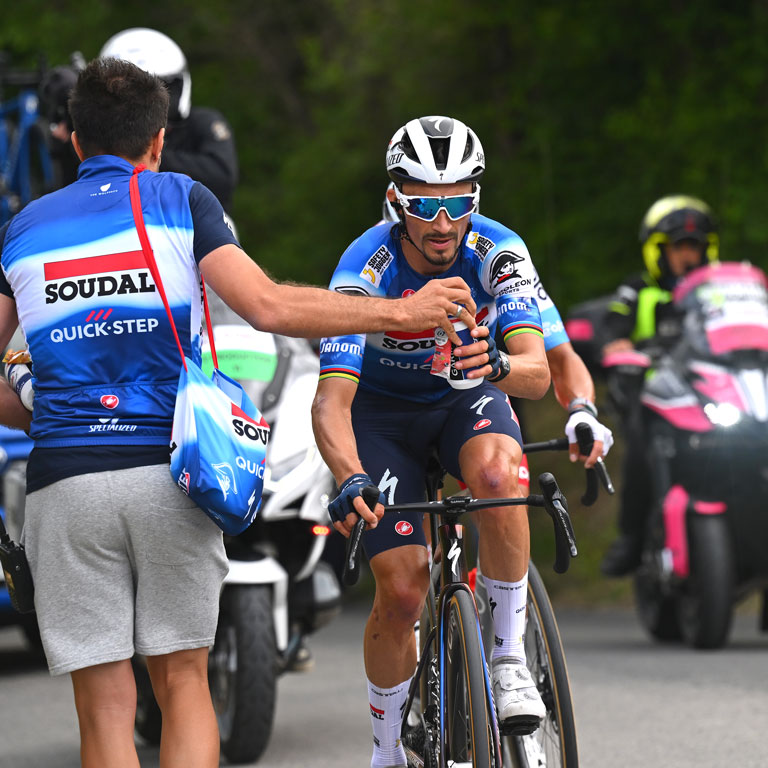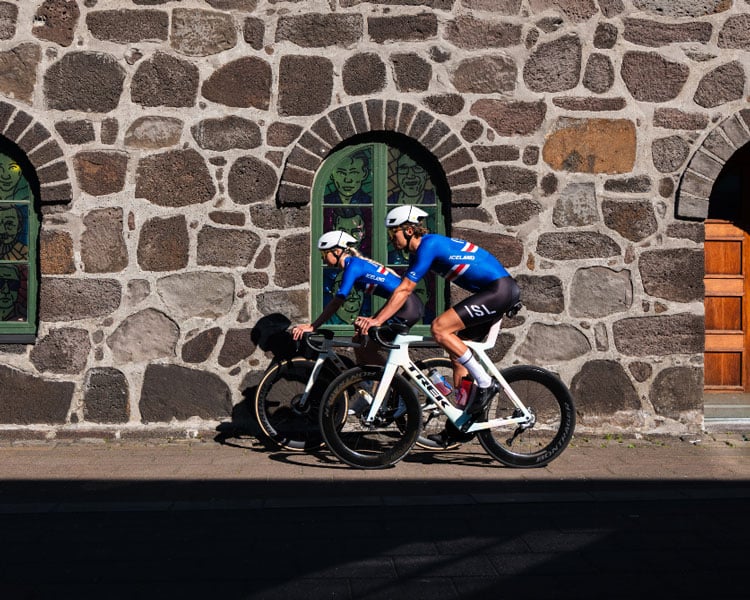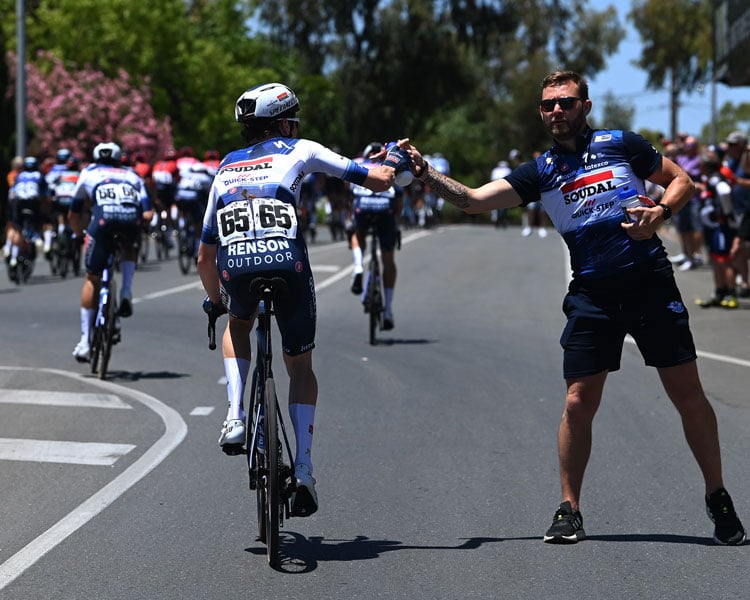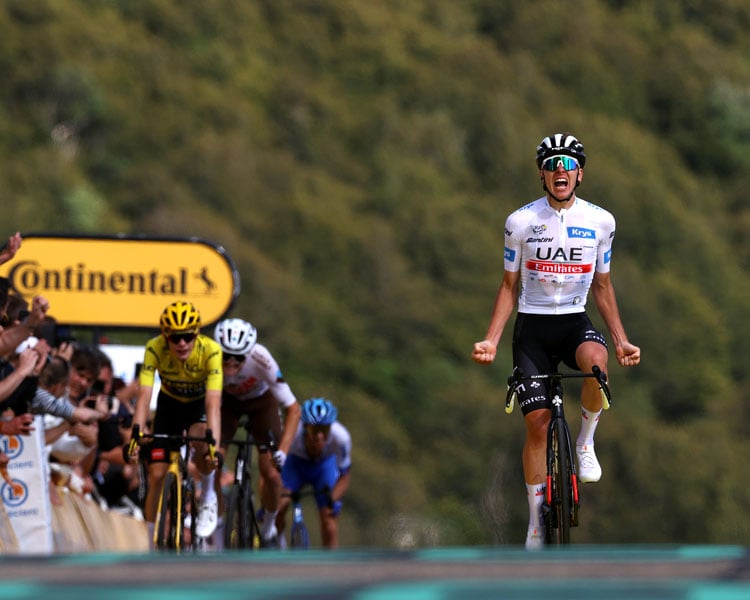
Understanding RED-S in Elite Cycling
ÉCOUTEZ LE BALADO !
SPOTIFY
APPLE PODCASTS
In recent years, cycling has gained increased attention for its grueling demands on both male and female athletes. While fans marvel at the endurance and resilience of elite cyclists, an insidious issue often lurks in the background: Relative Energy Deficiency in Sport (RED-S). Originally termed the "Female Athlete Triad," RED-S goes beyond female athletes and includes male athletes as well. It affects overall performance, recovery, and health, creating a dangerous cycle if left unaddressed.
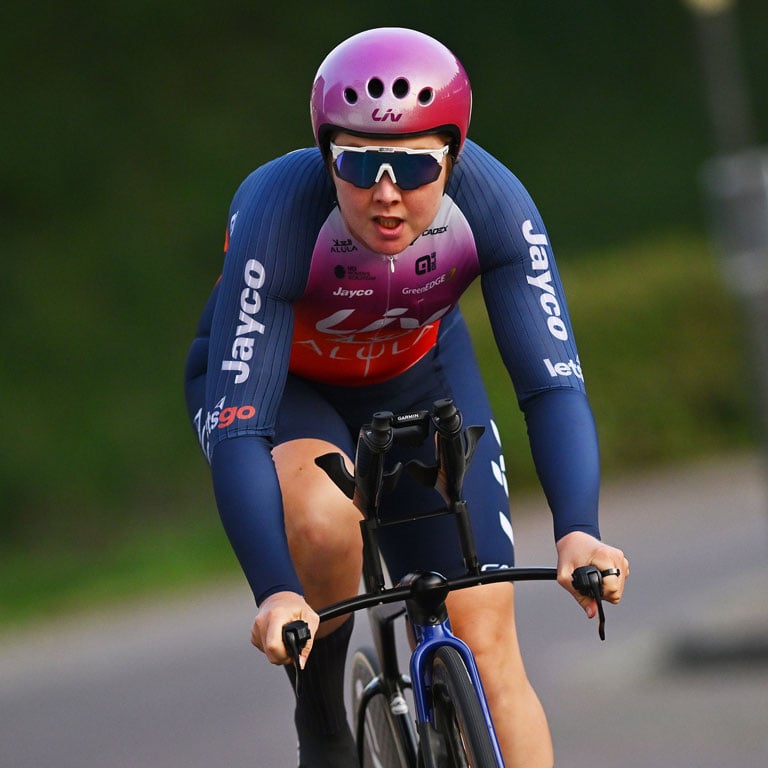
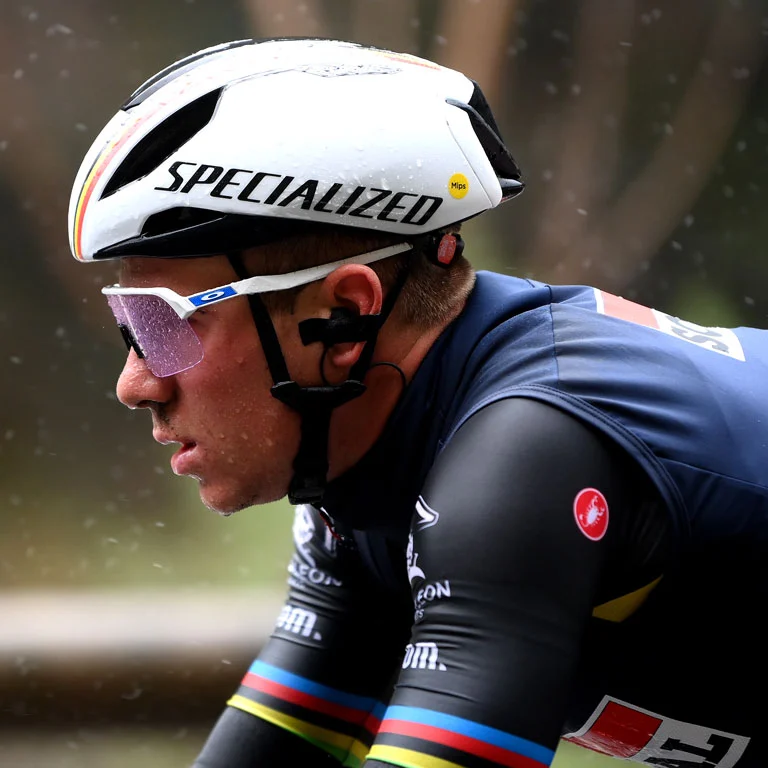
What is RED-S?
RED-S occurs when an athlete's energy intake is insufficient to support the energy expenditure required for both exercise and essential physiological functions. In simpler terms, it's when athletes burn more energy than they consume, leading to a state of energy deficiency. Over time, this energy imbalance can lead to impaired metabolic rate, decreased bone health, hormonal imbalances, and compromised cardiovascular and immune function.
In cycling, particularly during multi-stage races like the Tour de France Femmes, the extreme energy demands of each stage combined with insufficient recovery time create a perfect storm for RED-S. The intensity of such races, coupled with high expectations for weight management, makes riders particularly vulnerable.
In cycling, particularly during multi-stage races like the Tour de France Femmes, the extreme energy demands of each stage combined with insufficient recovery time create a perfect storm for RED-S. The intensity of such races, coupled with high expectations for weight management, makes riders particularly vulnerable.


A Grueling Reality: The Tour de France Femmes
The reintroduction of the Tour de France Femmes in 2022 brought to light just how demanding multi-stage races are on female athletes. These races aren't just about enduring long distances; they involve high-speed climbs, tactical sprints, and managing fatigue day after day. Despite advancements in nutrition and training, the energy cost for female cyclists during these stages is still staggering.
A recent study by ResearchGate highlighted the energetic demands on a World Tour female cyclist during a multi-stage race. The research revealed how challenging it is to meet the caloric needs required to fuel such intense exertion, particularly for female riders, who often face societal pressures around body image and performance expectations.
As noted in the study, meeting these caloric demands is vital for maintaining muscle function, cardiovascular efficiency, and cognitive focus throughout the race. Failure to do so can significantly impair performance in later stages and increase the risk of long-term health issues.
A recent study by ResearchGate highlighted the energetic demands on a World Tour female cyclist during a multi-stage race. The research revealed how challenging it is to meet the caloric needs required to fuel such intense exertion, particularly for female riders, who often face societal pressures around body image and performance expectations.
As noted in the study, meeting these caloric demands is vital for maintaining muscle function, cardiovascular efficiency, and cognitive focus throughout the race. Failure to do so can significantly impair performance in later stages and increase the risk of long-term health issues.
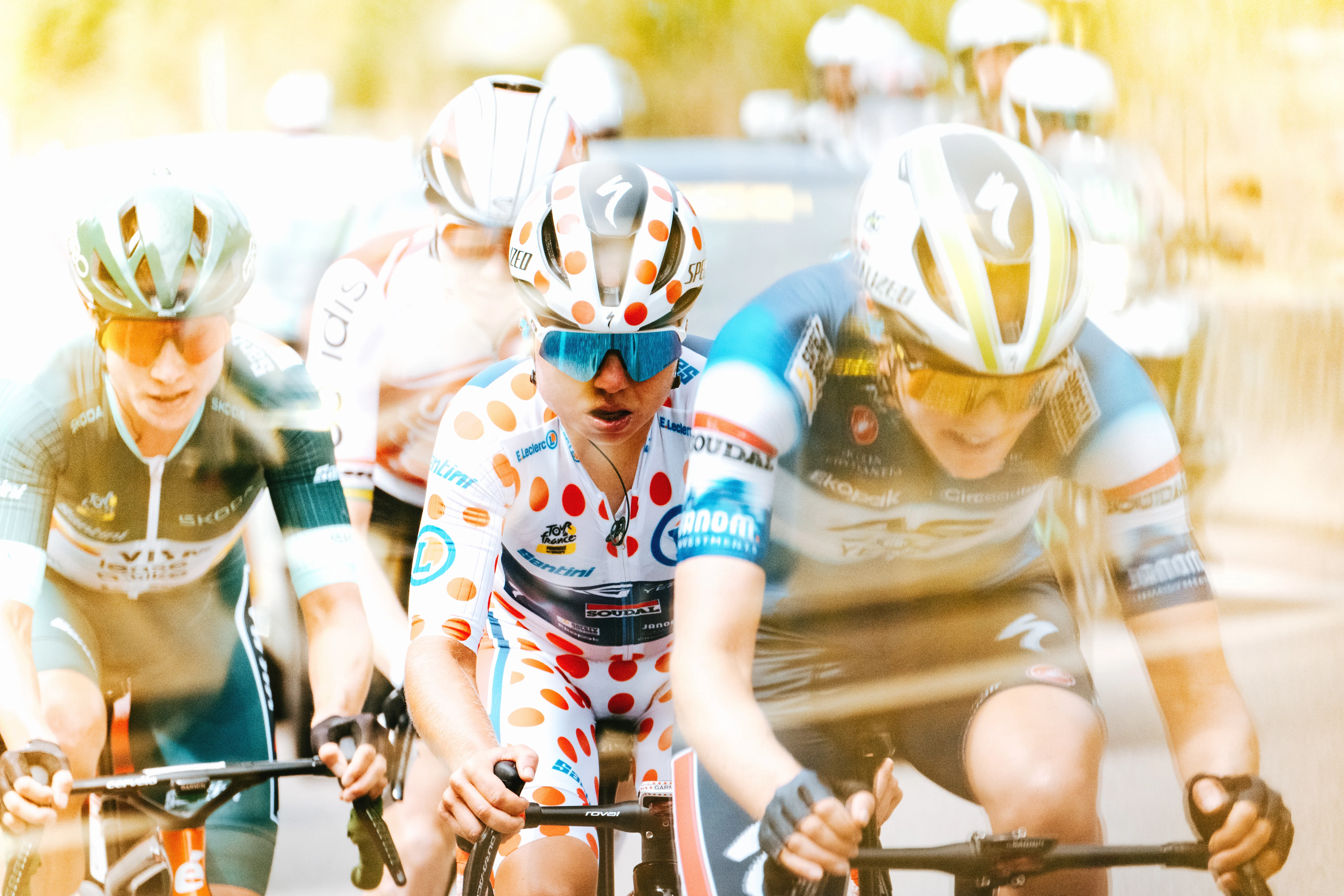
The Cost of Energy Deficiency in Cyclists
RED-S doesn’t just affect race day performance—it can have profound implications for long-term health. For cyclists, the consequences of undiagnosed or untreated RED-S include:
Reduced Bone Density - Insufficient energy intake disrupts calcium absorption and bone formation, increasing the risk of stress fractures and other injuries.
Hormonal Imbalances - For female cyclists, RED-S can lead to irregular or absent menstrual cycles, which can further exacerbate bone health issues. Male cyclists are not immune either, experiencing declines in testosterone levels, which are critical for muscle maintenance and recovery.
Impaired Recovery - The ability to recover between stages is crucial in cycling. When an athlete’s body is in a state of energy deficiency, it struggles to repair muscle tissue and restore glycogen levels, leading to increased fatigue and slower recovery times.
Reduced Bone Density - Insufficient energy intake disrupts calcium absorption and bone formation, increasing the risk of stress fractures and other injuries.
Hormonal Imbalances - For female cyclists, RED-S can lead to irregular or absent menstrual cycles, which can further exacerbate bone health issues. Male cyclists are not immune either, experiencing declines in testosterone levels, which are critical for muscle maintenance and recovery.
Impaired Recovery - The ability to recover between stages is crucial in cycling. When an athlete’s body is in a state of energy deficiency, it struggles to repair muscle tissue and restore glycogen levels, leading to increased fatigue and slower recovery times.
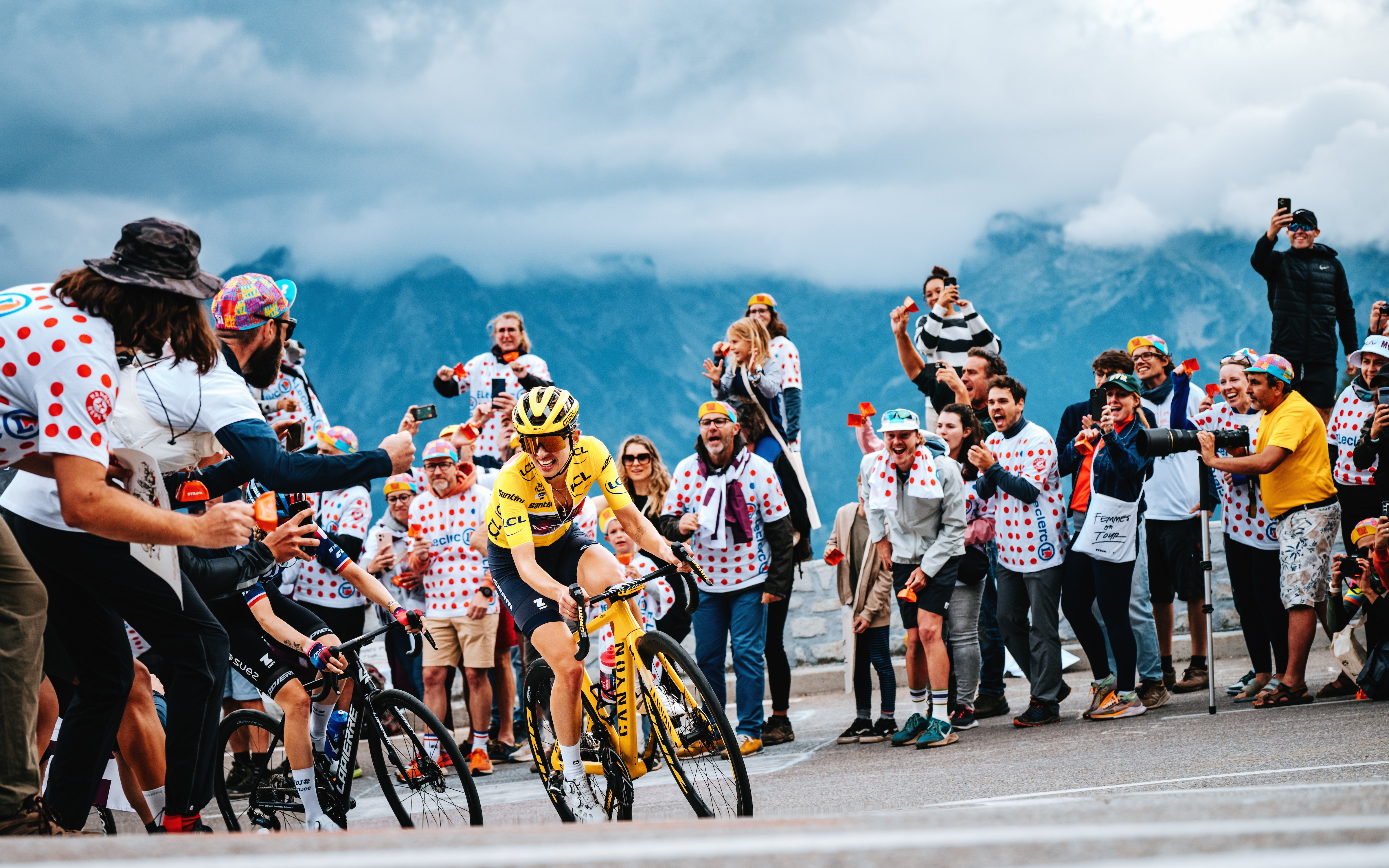
Navigating RED-S in Competitive Cycling
While the risks of RED-S are serious, it is a preventable and treatable condition. For elite cyclists, especially those competing in multi-stage races like the Tour de France Femmes, addressing energy intake and expenditure is critical. This means not only ensuring that athletes consume enough calories but also focusing on nutrient-dense foods that provide the vitamins and minerals needed to support recovery and maintain overall health.
Coaches, nutritionists, and sports scientists play a vital role in monitoring cyclists' health, ensuring they are not only performing well on the bike but also supporting their bodies off the bike. Proper education on the signs and symptoms of RED-S is essential for athletes to avoid falling into a dangerous energy deficit, both during and outside of the racing season.
Coaches, nutritionists, and sports scientists play a vital role in monitoring cyclists' health, ensuring they are not only performing well on the bike but also supporting their bodies off the bike. Proper education on the signs and symptoms of RED-S is essential for athletes to avoid falling into a dangerous energy deficit, both during and outside of the racing season.
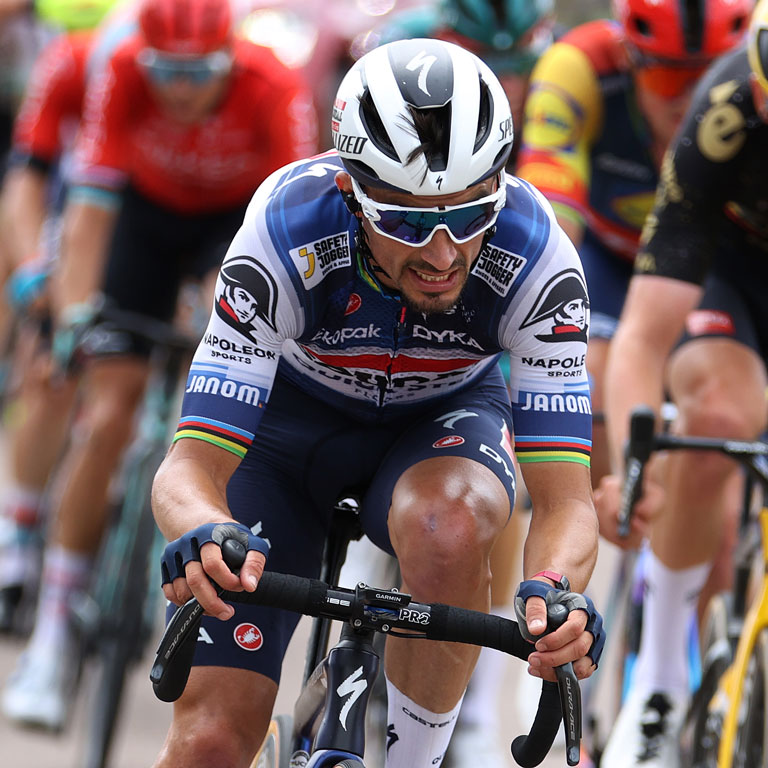
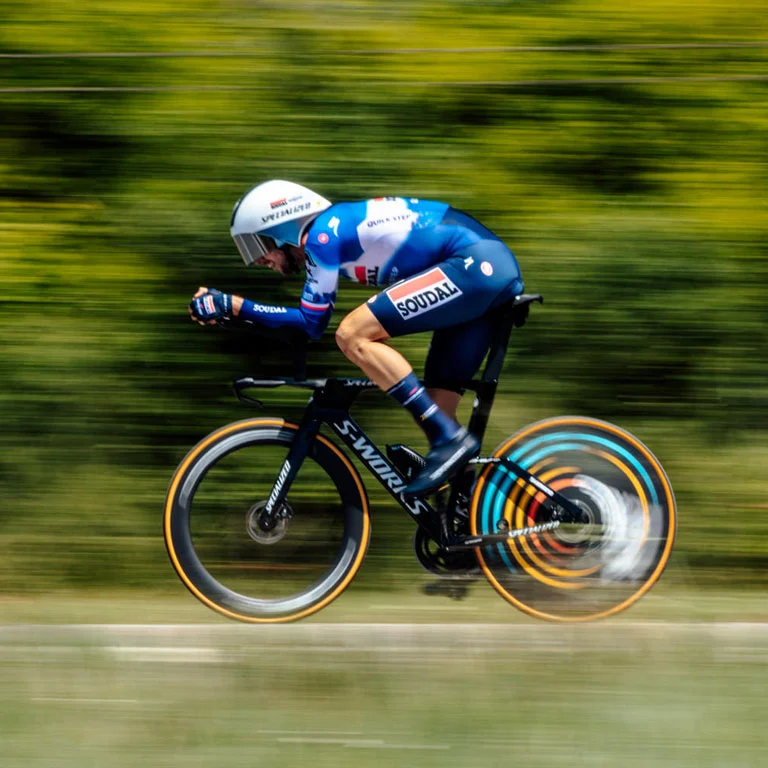
Moving Forward: Balancing Performance and Health
In a sport where weight and performance are often closely linked, it’s essential to shift the conversation toward health and longevity. RED-S serves as a reminder that performance cannot come at the expense of well-being. As more research and awareness emerge about the risks of energy deficiency, athletes and teams are better equipped to navigate these challenges.
Cycling is a sport of endurance, strength, and strategy. Ensuring that athletes are adequately fueled and healthy is key to maintaining the integrity of the sport and the health of its participants. RED-S is not just a personal health issue—it’s a performance issue that cycling teams and organizations must address to support their athletes for the long haul.
Cycling is a sport of endurance, strength, and strategy. Ensuring that athletes are adequately fueled and healthy is key to maintaining the integrity of the sport and the health of its participants. RED-S is not just a personal health issue—it’s a performance issue that cycling teams and organizations must address to support their athletes for the long haul.
